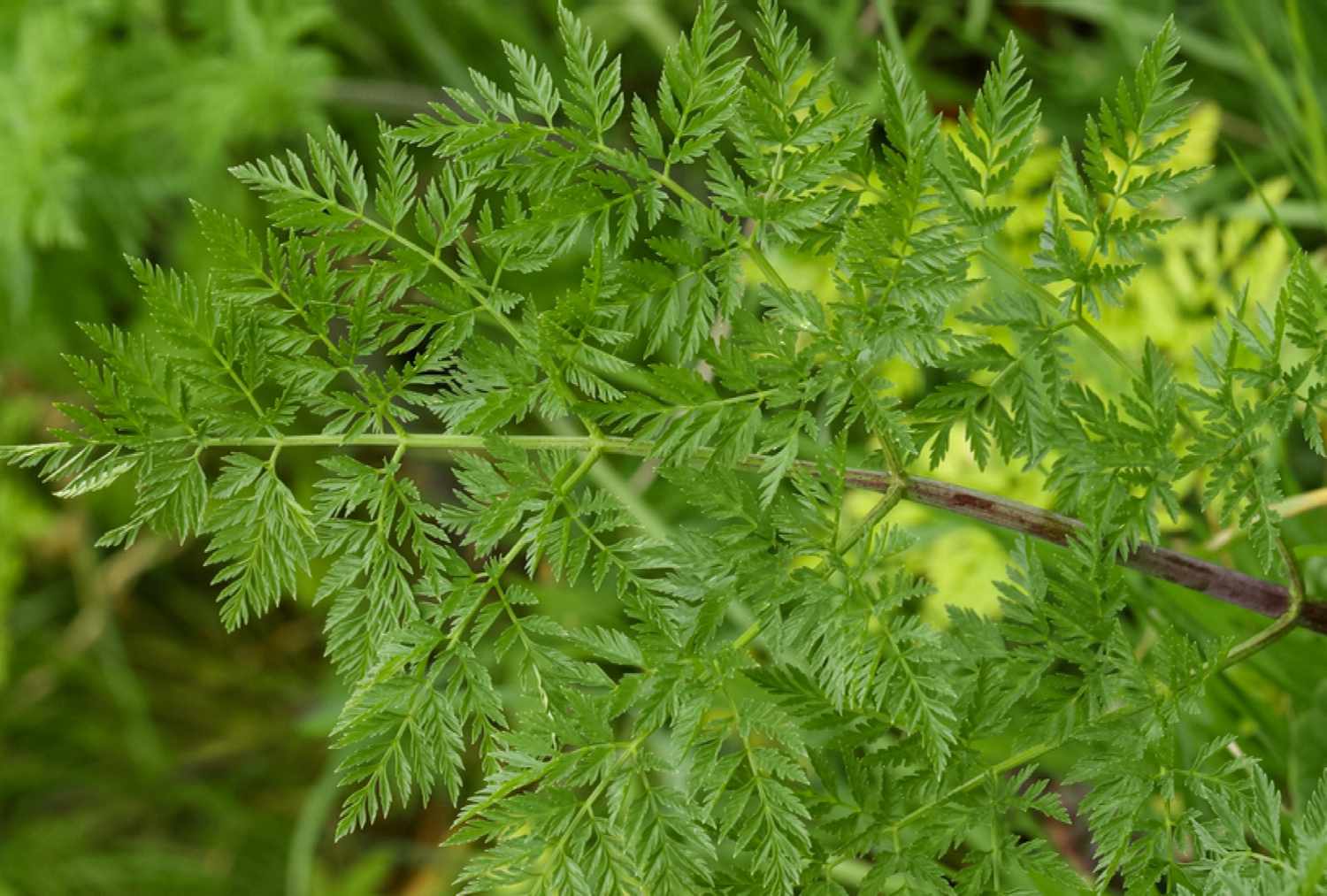7 Ways to Get Rid of Poison Hemlock in Vancouver, BC
Expert Strategies to Remove One of Vancouver’s Most Toxic Invasive Weeds Safely and Permanently
Need help with your yard? Get your free quote today!
Get a Free Quote! Poison hemlock (Conium maculatum) is one of the most dangerous invasive plants in British Columbia. Commonly found along roadsides, ditches, fields, and urban green spaces in Vancouver and the Lower Mainland, this plant is highly toxic to humans and animals, even through skin contact or inhalation of particles during cutting.
Poison hemlock (Conium maculatum) is one of the most dangerous invasive plants in British Columbia. Commonly found along roadsides, ditches, fields, and urban green spaces in Vancouver and the Lower Mainland, this plant is highly toxic to humans and animals, even through skin contact or inhalation of particles during cutting.
At Ascent Yard Care, we specialize in safe and effective removal of invasive and toxic weeds, including poison hemlock. Whether you’re a homeowner, property manager, or part of a strata council, here are 7 proven methods for getting rid of poison hemlock safely and permanently.
1.
Wear Full Protective Equipment (Always)
Before touching poison hemlock, understand this: every part of the plant is toxic. This includes the roots, stems, leaves, flowers, and seeds.
✅ Wear:
- Nitrile gloves
- Long sleeves and pants
- Eye protection
- A respirator or dust mask if cutting flowering plants
Never burn or mow poison hemlock—it can release toxic compounds into the air.
2.
Remove the Entire Root System
Poison hemlock is a biennial, meaning it grows leaves in its first year and flowers in the second. Remove it before it goes to seed by:
- Digging out the entire taproot, ideally in spring or fall
- Using a spade or weed wrench
- Disposing of all plant material properly (never compost)
This method is effective for early-stage infestations or scattered plants.
3.
Cut and Spot-Treat Regrowth with Herbicide
For larger infestations or plants too mature to uproot:
- Cut the plant at ground level (while wearing PPE)
- Wait 2–3 weeks for soft regrowth
- Apply a selective herbicide directly to new growth
At Ascent Yard Care, we use low-toxicity, targeted herbicides to reduce chemical exposure while ensuring deep root kill.
4.
Monitor and Remove Seedlings Annually
Poison hemlock seeds can remain viable in the soil for up to 5 years, so ongoing monitoring is essential.
- Walk the site each spring
- Remove small seedlings before they mature
- Apply mulch or establish ground cover to prevent germination
Prevention is critical with this species—small plants are much easier and safer to control.
5.
Never Let It Flower or Seed
If poison hemlock is already flowering:
- Do not cut or disturb unless you’re trained and fully protected
- Contact a professional team (like Ascent) to handle it safely
- Prevent further spread by removing neighboring plants before seed formation
Each plant can produce over 30,000 seeds, which disperse easily by wind and water.
6.
Restore the Area with Safe, Competitive Plants
After removing hemlock, leave the area bare and it will likely reinfest. Instead:
- Replant with dense grasses, shrubs, or groundcovers
- Mulch heavily to block sunlight
- Use native species that support pollinators and biodiversity
We often recommend a combination of mulching and restoration planting to help suppress regrowth long-term.
7.
Hire a Professional Invasive Weed Removal Team
Poison hemlock is not a DIY weed. The health risks are real—especially on slopes, near trails, schools, or public areas. At Ascent Yard Care, we provide:
- Full PPE-equipped crews
- Manual removal and/or cut + herbicide programs
- Safe disposal of all plant material
- Site monitoring and regrowth control
- Restoration planting and erosion-safe solutions
We’ve removed poison hemlock from hundreds of properties across Vancouver, and our team is trained, insured, and experienced.
Where We Work
We remove poison hemlock in:
- Vancouver
- North Vancouver
- West Vancouver
- Burnaby
- Richmond
- Surrey
- Coquitlam
- New Westminster
- Delta
- Langley & surrounding areas
Don’t Wait—Poison Hemlock Gets Worse Over Time
Early removal is faster, safer, and far less expensive than letting hemlock spread. If you suspect you have poison hemlock on your property, contact Ascent Yard Care today.
Victoria’s best now in Vancouver.
